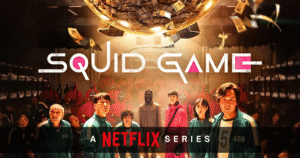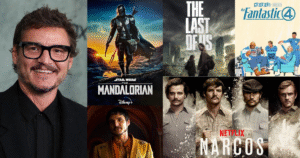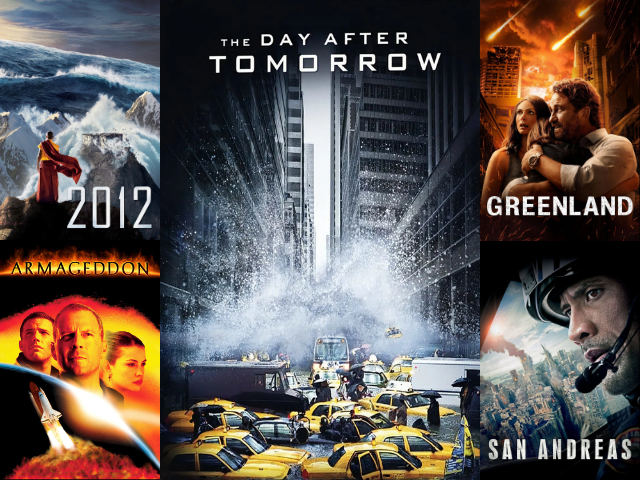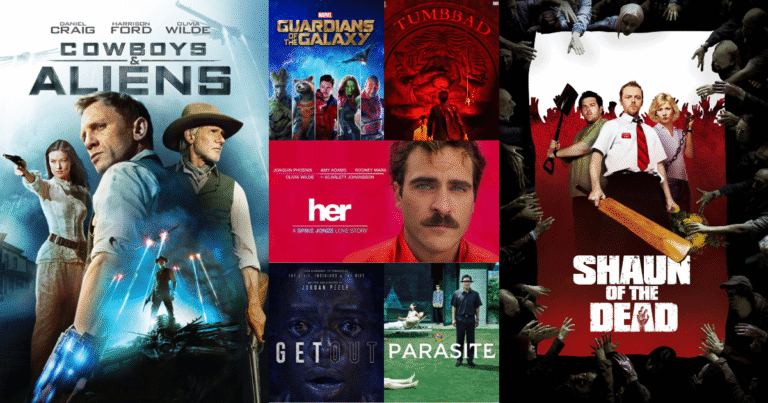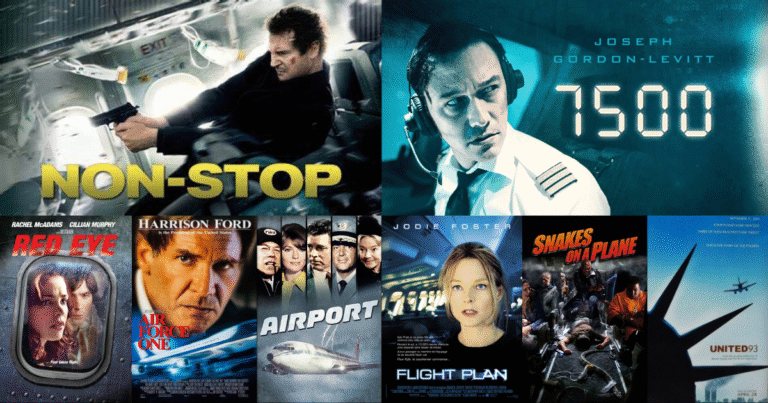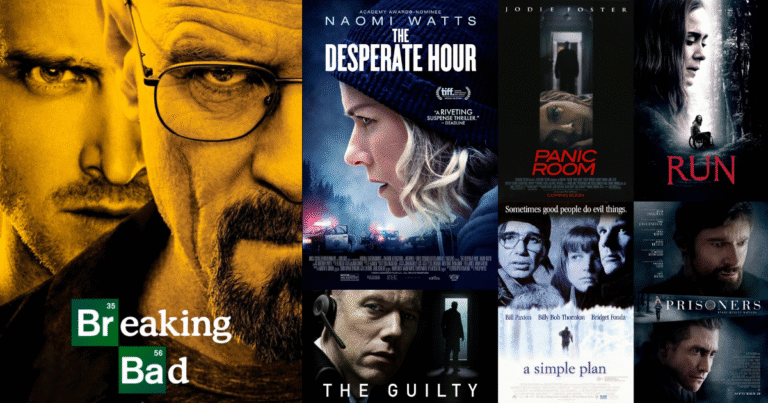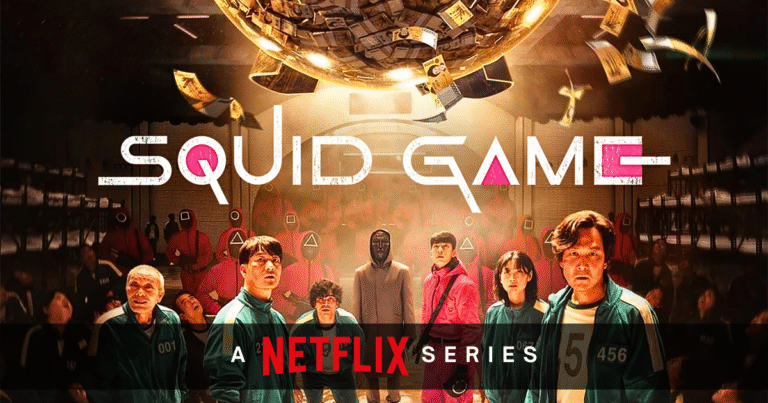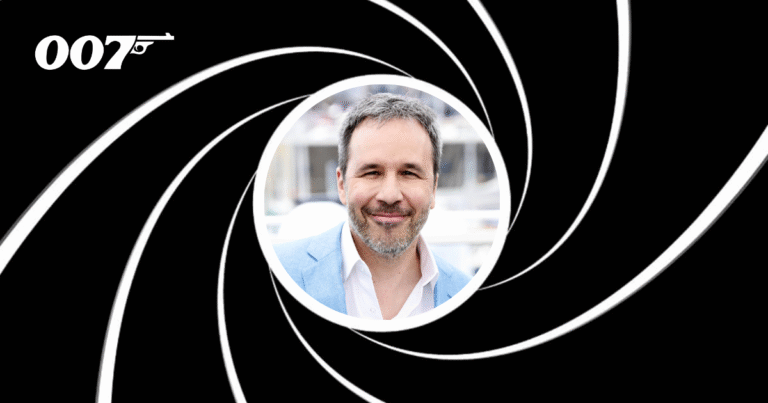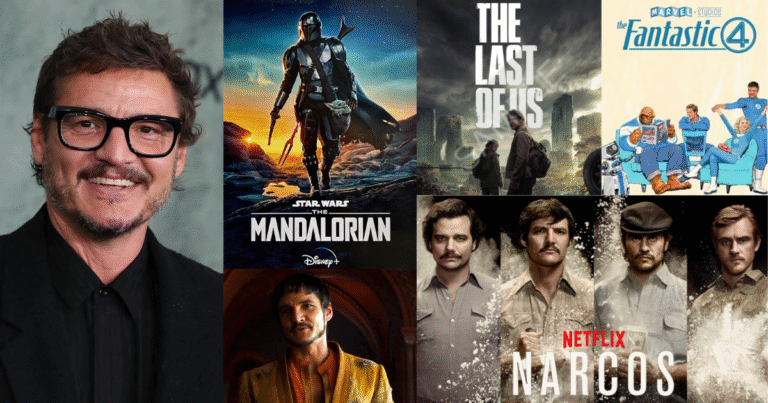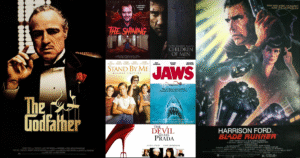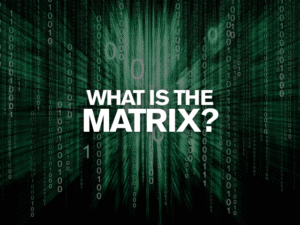Disaster movies have been popular for decades. Whether it’s a massive earthquake, a killer asteroid, or a worldwide virus, these stories show us the world falling apart in the most dramatic ways. And yet, we keep watching. We sit on the edge of our seats as cities collapse, people run for their lives, and the clock ticks toward destruction.
But why do we enjoy these movies so much? Why are we drawn to stories about the end of the world? In this blog, we explore our deep fascination with disaster films and why they continue to be a major part of pop culture.
Disaster Movies Show What We Fear Most
One of the biggest reasons we connect with disaster movies is because they tap into our biggest fears. Deep down, we all worry about things we can’t control like natural disasters, pandemics, climate change, and even alien invasions. These films bring those fears to life on the screen.
By watching these stories, we get to experience our fears in a safe way. The movie ends, the lights come back on, and life goes on. But for two hours, we face the worst-case scenario. It gives us a kind of thrill like riding a roller coaster. Scary, but exciting.
They Remind Us What Really Matters
Disaster films often focus on survival, but they also highlight human emotions. When everything is falling apart, characters fight to save their loved ones. Families reunite. Strangers help each other. People show courage they didn’t know they had.
These moments remind us of what really matters: relationships, kindness, and strength during hard times. In the middle of chaos, small acts of love and bravery stand out.
Take the movie The Day After Tomorrow, for example. A father crosses frozen cities to rescue his son. Or in Deep Impact, a young girl is willing to face a deadly comet just to be with her family. These stories touch something inside us.
Big Effects, Big Action, Big Drama
Let’s be honest. Disaster movies are often big, loud, and packed with action. From crashing waves to burning buildings, these films offer some of the most visually exciting scenes in cinema.
Movies like 2012, San Andreas, or Armageddon deliver thrilling experiences. Special effects make everything look real, and the tension keeps you hooked.
Audiences love a good spectacle. And disaster films are full of them. It’s the kind of experience that pulls you in completely. You forget about your daily stress and get lost in a world where every second counts.
They Offer Hope in the Middle of Chaos
Strangely, disaster movies aren’t just about destruction. They also show us hope. Even when cities are destroyed or when it feels like the world is ending, there is usually someone who survives. There is a message that no matter how bad things get, humans find a way.
In Contagion, scientists rush to find a cure. In Greenland, a father fights to save his family. These stories show that even in the darkest moments, people can come together and survive.
This is powerful, especially during times when the real world feels uncertain. It reminds us that we’re stronger than we think.
They Let Us Ask “What Would I Do?”
Another reason we love disaster movies is because they make us imagine ourselves in those situations. What would I do if I had only minutes to escape? Who would I call if I thought it was the end? Would I help others, or only think of myself?
These movies turn into thought experiments. They make us think about how prepared we are, how much we care about others, and what really matters in life.
Even if the movie is over-the-top, the emotional questions feel real. That’s why we keep watching.
They Feel Real Because Disasters Do Happen
Earthquakes, floods, pandemics. These are not just movie plots. They happen in the real world. We’ve seen cities destroyed by hurricanes and entire regions affected by wildfires. We lived through a global pandemic.
So when we watch disaster films, they hit close to home. They feel possible, even when the story is fiction. That mix of realism and drama makes them powerful.
It’s one thing to watch a superhero battle aliens. It’s another to watch a family trying to escape a tsunami. One feels like fantasy. The other feels like it could happen.
Some Great Disaster Movies to Watch
If you’re new to disaster movies or just want to revisit some classics, here are a few great ones to add to your watchlist:
- The Day After Tomorrow (2004): Climate change triggers a new ice age, and a scientist races to save his son in a frozen New York.
- Armageddon (1998): A team of oil drillers is sent to space to destroy a giant asteroid heading for Earth.
- Contagion (2011): A virus spreads quickly across the globe while scientists and governments struggle to stop it.
- San Andreas (2015): A massive earthquake hits California, and a rescue pilot must save his family.
- Greenland (2020): A comet is about to hit Earth, and one family races to find shelter.
- Twister (1996): Storm chasers risk their lives to study deadly tornadoes.
- 2012 (2009): A global disaster wipes out most of the planet, and a few survivors fight to reach safety.
Final Thoughts
Disaster movies are more than just explosions and falling buildings. They are stories about people, how they face fear, how they survive, and how they love. They let us feel danger from a safe distance and think about life from a different point of view.
Whether you’re looking for a thrilling experience or a story that makes you reflect, disaster movies deliver both. They may be about the end of the world, but in many ways, they remind us how to live.
So the next time you see the trailer for a disaster film, don’t roll your eyes. There’s a reason these stories keep coming back. It’s because, deep down, we’re all a little curious about what we would do if the world was ending.
Now it’s your turn
Which disaster movie is your favorite? What kind of end-of-the-world story do you find most gripping? Share your thoughts in the comments.
